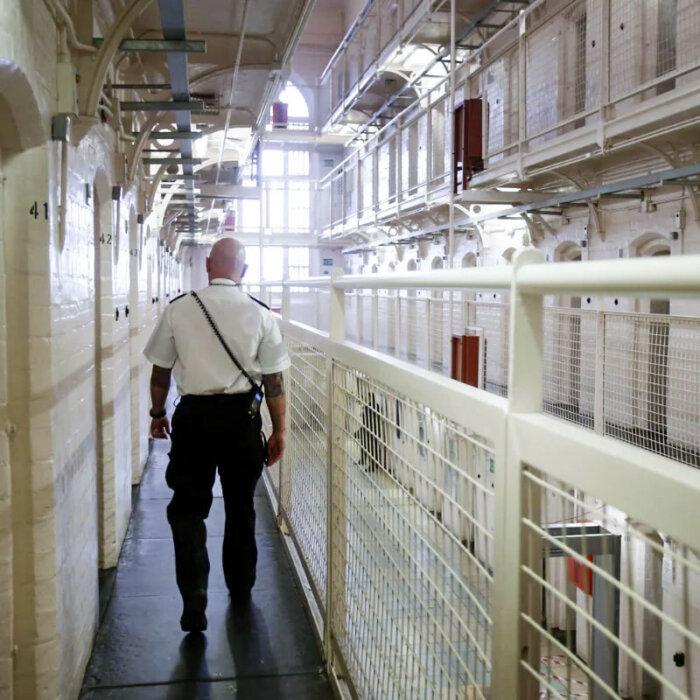The prison population in England and Wales will exceed 100,000 by 2029, according to projections published by the Ministry of Justice (MoJ) on Thursday.
A combination of factors are driving the rise, including police charging more people, an increase in prosecutorial activity, “and changes in sentencing policy and behaviour to keep the most serious offenders in prison for longer,” the department said.
The MoJ said uncertainty over the 2024-2029 figures—reflected in the low, central, and high projections—is driven by the uncertainty over future crime types, charging rates, and future court activity, as well as the effect of policy changes which can impact the amount of time offenders spend in custody.
Prisons Minister Lord James Timpson said the new projections reveal that “unless we act now, our prisons will return to crisis.”
Timpson said: “We’ve already taken immediate action to stop the imminent collapse of our prisons. We are now setting out our plans so no government inherits the situation we did.
“We will build the 14,000 prison places the last government promised but did not deliver, and have commissioned an independent review of sentencing to ensure we can always lock up dangerous offenders and never run out of prison places again.”
MoJ figures show that as of Monday, there were 86,059 adult inmates across the prison estate in England and Wales, higher than the 86,038 recorded last week.
Prison Capacity Expansion
The predictions come the day after the National Audit Office (NAO) said that plans to expand prison capacity will take five years longer than expected and be over budget.The government spending watchdog said in its report published on Wednesday that the 2021 commitment to deliver 20,000 new prison spaces by 2027 will not be fulfilled until 2031.
Plans are also expected to cost between £9.4 billion and £10.1 billion, at least £4.2 billion more than the 2021 estimates, owing to factors including the impact of inflation on construction costs.
The NAO said that as of September, only one-third (6,518) of the 20,000 have been made available. It added that the current plans are “insufficient to meet future demand,” with there being a projected shortage of 12,400 prison spaces by the end of 2027.
The public spending watchdog said that there are several reasons for the delays to the expansion plans, including overestimating the ability to gain planning permission for three out of the six new proposed prisons, government bodies not working together, and “unrealistic timelines.”

The NAO concluded that the “current crisis” in the prison estate “is a consequence of previous governments’ failure to align criminal justice policies with funding for the prison estate, leading to reactive solutions which represent poor value for money.”
Early Prison Release
One of the reactive solutions the NAO had highlighted was the government’s decision to release some categories of criminals early.In July, Justice Secretary Shabana Mahmood announced a plan to cut the proportion of minimum Standard Determinate Sentences from 50 percent to 40 percent. Since September, the government has freed thousands of inmates under the plans.

The watchdog said that both the MoJ and HM Prison and Probation Service had recognised the government’s early release scheme “could impact the effective rehabilitation of prisoners, which in turn may lead to higher reoffending rates and expose the public to a greater safety risk.”
Prisons are still expected to reach critical capacity again by July 2025.







